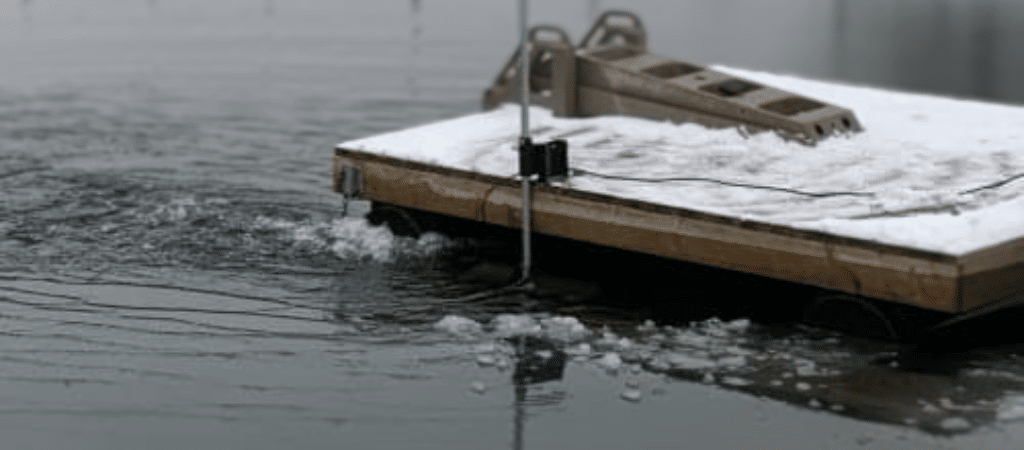
Breaking the Ice: How The Ice Eater Keeps Your Water Accessible and Thriving
Winter can be a challenging time for boat owners, marina operators, and anyone living by the water. The sight of ice forming around boats, docks,
If you’re reading this, you are probably thinking about building a pond. That’s great! Ponds can be a lot of fun, and they can also be a great addition to your property. However, there are some things that you need to take into consideration before you get started.
This article will discuss 9 factors that you need to think about before starting the construction process. We’ll also be talking with the Pond Doctor himself, who will give us his expert advice on the building process!
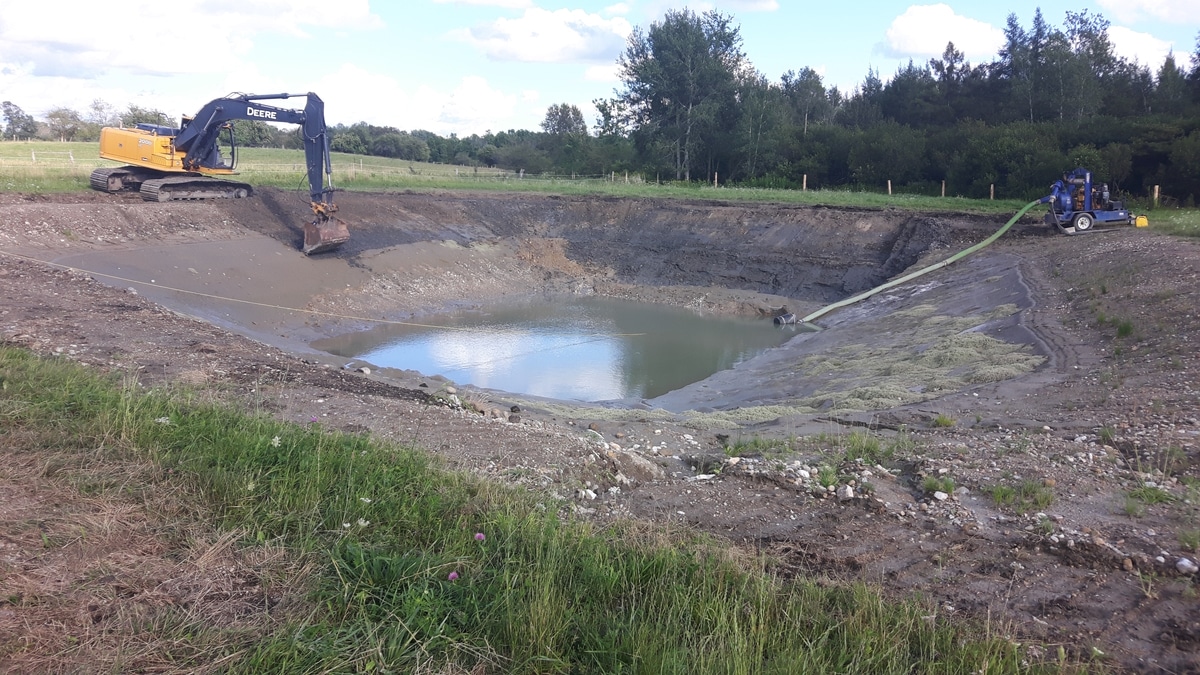
On a typical visit to a customer’s area where a new pond project is being planned, the most common first question is, “What is the best site for our new man-made pond?” While the site is a crucial step when building a new one, the Pond Doctor will first want to know, “What are you planning to do with your pond”?
The answer to this question begins to give Bob a better understanding of the customer’s needs and what type of pond will best suit their plans. A typical pond can be used for swimming, fishing, irrigation, adding a beautiful water feature to your property or all the above. The exception is for wildlife habitat ponds which are generally shallower with more plants and more vegetation.
Suppose your goal is to add a “landscape” pond to enhance the beauty of your area.
In that case, the positioning of the pond will be vital to providing the best visibility from your home, condominium, or the position from which you want the view. Please make sure there are no significant obstructions in line with the view; otherwise, you could miss the incredible scenery. Installing a fountain or bottom aeration can be a great way to enhance your landscape, but we will tell you more about this later.
Fish ponds are very popular. If you’re planning on stocking a pond with fish, you’ll want to consider the location and depth to ensure your fish will thrive. See #4 The Depth below for more details for specific types of fish.
If you’re planning a pond for swimming purposes, you’ll want to make sure the pond is deep enough. and plan for a gradual slope entrance or dock location for entering in and out of the water. For ponds being created for both swimming and fishing, then bottom aeration will be a recommendation from the Pond Doctor because it circulates a lot of water. Better aeration promotes good natural bacteria growth, which helps with decomposition of organic matter in the pond resulting in cleaner water. Everyone likes to swim in clear clean water!
Wildlife habitat ponds are designed to provide a natural environment for local animals or wildlife. These are usually shallower than other types and often have different plant life.
If adding fish to your pond is in the plan, you’ll want to ensure that the pond is deep enough to provide adequate water temperature for the type of fish you plan to stock. Deeper cold spring water is required for trout to spawn.
A wildlife habitat pond is generally shallower with more plants and more vegetation, which will attract ducks, frogs, birds, and other wildlife. This type of pond is an excellent addition to any farm if they need it for livestock watering.
If your goal is an irrigation pond for industry or crop use, you’ll want to make sure there is adequate water supply in this location to ensure there will be sufficient water for your needs. You’ll also have to consider the right pumping system for the job.
Aeration and water quality are very important if you use your pond or dugout as a source of water in your house or for livestock purposes. Bob recommends a consultation to discuss this in detail in person or online.
When planning a new pond site, trees and vegetation around the area will reviewed to ensure those falling leaves don’t become a food source for future weeds and algae growth.
The lay of the land and potential drainage into the pond should be looked at and plans made to fix, so it does not become a problem. Pond Perfections does not provide a digging service but can recommend several quality pond excavation contractors to customers depending on where you are located.

A typical pond depth recommendation is 15’, which will prevent the sun from reaching the bottom. Blocking out the sun to bottom of pond minimizes weed and algae growth. When your goal is to dig a low-maintenance pond, it is significant to consider its depth and the banks’ steepness to prevent aquatic weed growth. Doctor Bob advises that pond water depth is a key factor if you plan to stock fish. The minimum depth requirement should be determined for the type of fish you plan to stock. Bass are warm-water fish, and a minimum depth of 12-15′ of water works fine for them, whereas trout require 15′ or more. For trout to thrive in your pond, you want to maintain cold water in the deepest water section.
Bob will discuss hydro requirements during the consultation for a pond installation if a fountain or aeration system is part of the plan.Bob is always happy to share information on the benefits aeration provides so you understand how adding oxygen to the water will improve water clarity and overall health. Fountains offer a beautiful accent to your pond and a source of aeration. There are various water features that can benefit your pond. If there will be no hydro available at the site, then wind aeration will be something for you to consider. A review of the trees near the pond location and discussion on wind flow will determine if there is sufficient wind for a windmill. If there is inadequate wind available in the proposed pond area, a windmill is not for you. Bob can advise alternative options if this is the case.
Before beginning a new pond project, test holes should be performed by the contractor in the proposed area to check if springs are available, the level of ground water and to determine the soil type.
Ideally you hope to hit springs to help fill the pond quicker and hold its water level all season. Some ponds will take longer to fill depending on spring location and water table level in the area.
A pond being fed by a stream with the same outflow is called an online pond. Building a pond directly on a natural stream whether they are online (within stream) or offline (beside stream) will need permits from the local township.
Discussing the digging with your contractor prior to applying for a permit is a wise decision, because they are familiar with the permit process.
Most rural farm ponds will be groundwater fed. Groundwater is typically cooler than surface water, making it ideal for certain species of fish. A high water table is necessary when considering this option. If you’re planning on using groundwater as your pond’s water supply, you’ll need to consult with a professional.
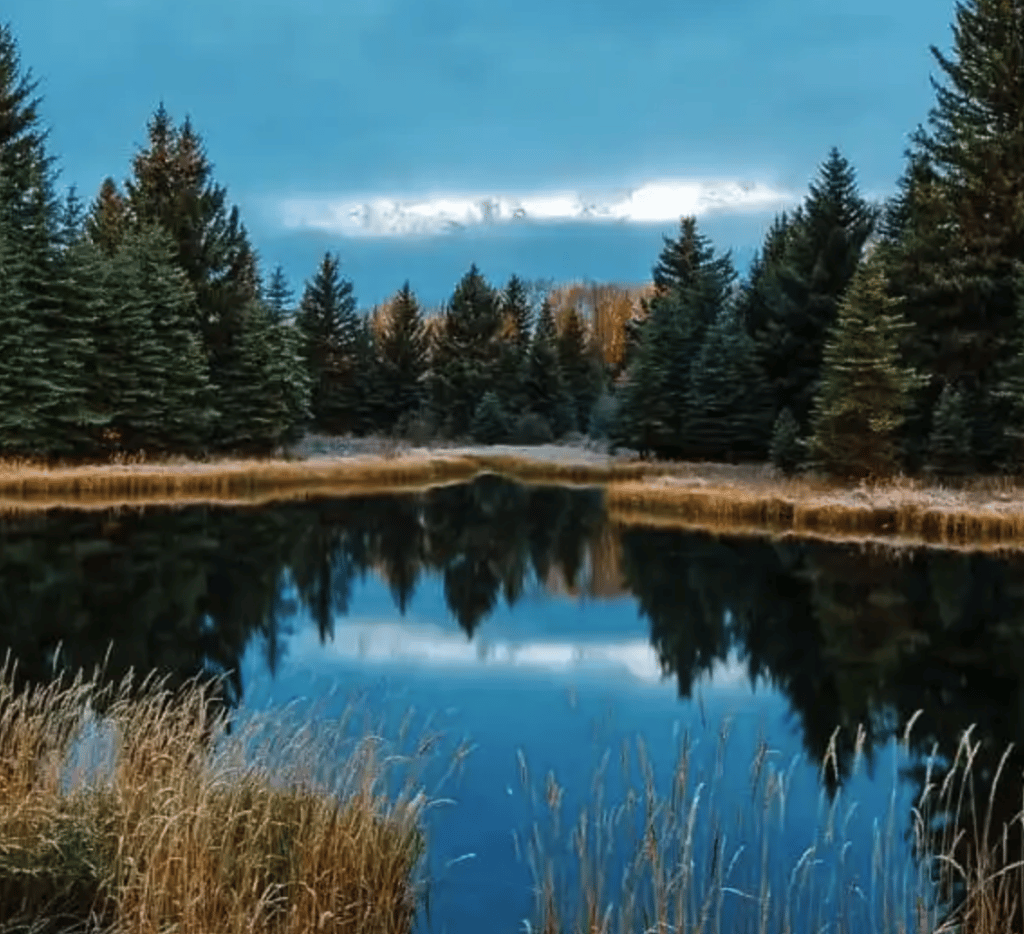
The type of soil you have at the pond site will impact the type of pond you can create. Soil types could vary from sand, gravel, peat, clay or blue clay.
The type of soils found in the test hole will help decide the depth and slopes of the sides of your pond project. With sand, gravel or peat your chance of hitting cold water and springs is greater, but in this case sides of pond can’t be as steep due to potential sides collapsing into pond. Clay ponds can have steeper sides, which has the advantage of less aquatic weed growth, and tend to hold water better once they are filled.
Liners could be used if water level is low, and this should be discussed with the contractor when test holes are being done.
The vegetation on your land will also have its own impact on a pond. During a consult the Pond Doctor will discuss how trees and vegetation around the pond area, as well as the area runoff, will impact and increase algae and weed growth in a pond.
The topography of your land will also play a role in the planning of your pond location. For best visibility the pond should be positioned with your view facing a wide section as it can create an optical illusion that your pond is larger.
Sometimes customers don’t think about the dirt that is being dug out of the new pond will need a place to go, and Bob will make suggestions and provide ideas of where best to use it. This dirt can be a very good source to improve the overall property by filling in holes, raising low spots or adding berms for seclusion to your property.
It is essential to check with your local building department to see if a permit is required before you start construction. This is especially true if you’re planning on building a large pond.
When you get building permits, ensure that you build a pond according to the local regulations to protect your property from any potential liability issues.
These are just a few of the factors you’ll want to consider before digging.
Pond Perfections looks forward to helping people with solutions to rejuvenate existing ponds or new pond ventures.

Winter can be a challenging time for boat owners, marina operators, and anyone living by the water. The sight of ice forming around boats, docks,
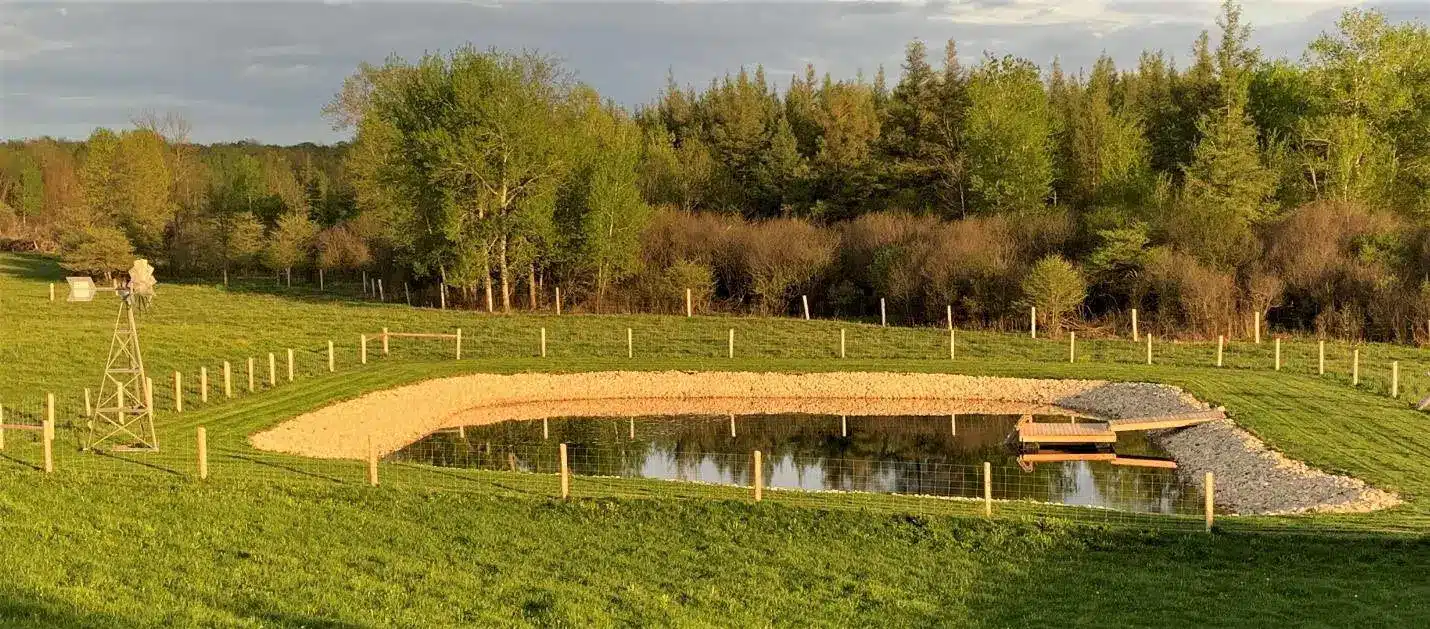
BLOGS 9 Things to Consider Before Building your Pond: Expert Advice from the Pond Doctor If you’re reading this, you are probably thinking about building
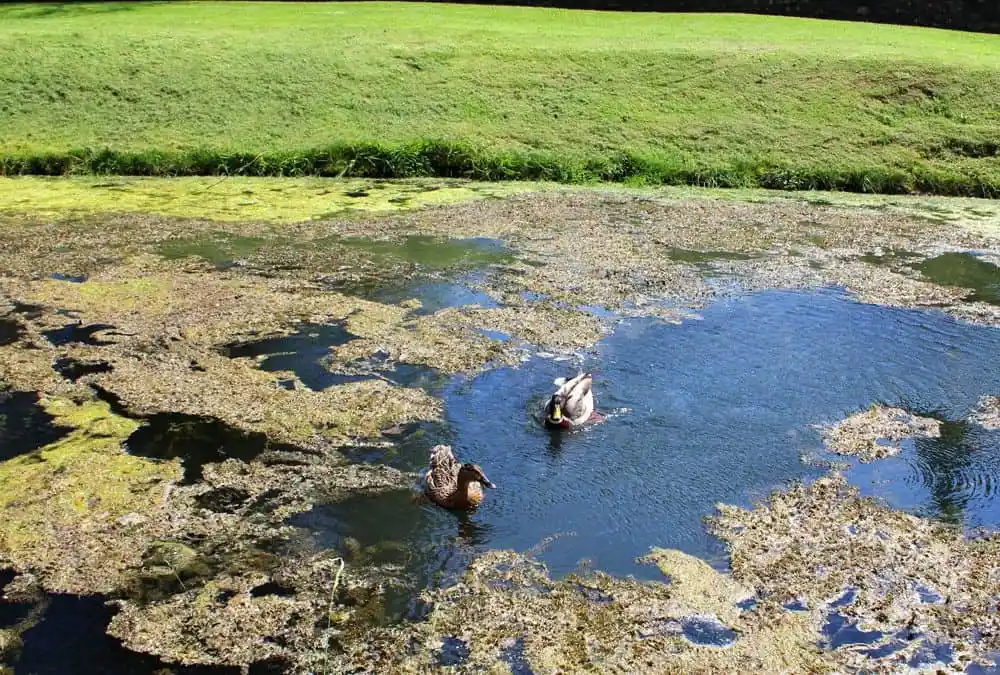
BLOGS 8 Tools and Methods for Weed Removal and Control in Ponds and Lakes: Create a Weed-Free Swimming Area You know the feeling. You’ve changed
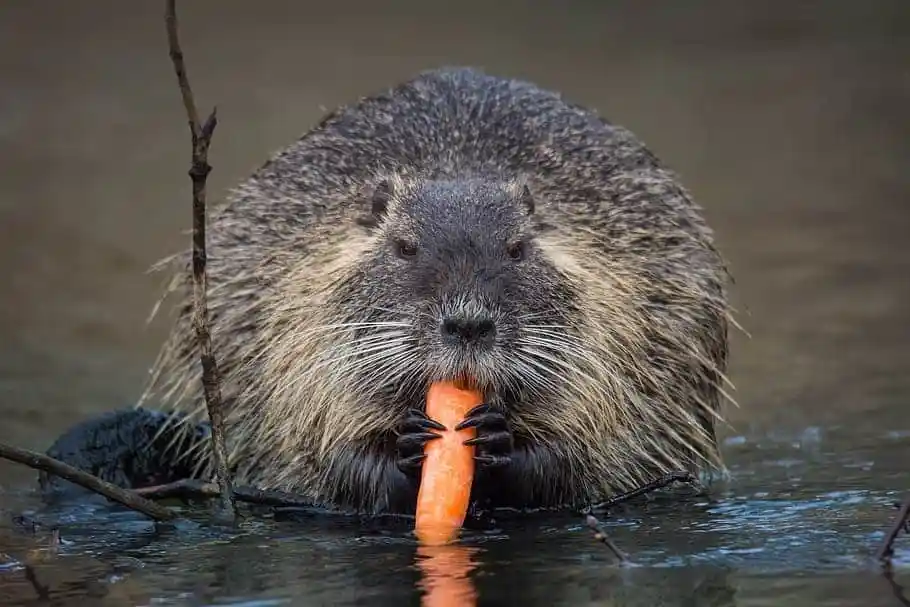
BLOGS Muskrat Proofing Your Fountain: How to get rid of muskrats in ponds If you have a fountain or other water feature in your yard,
Monday to Friday :
08:00 am – 05:00 pm
Saturday :
08:00 am – 12:00 pm
Call ahead to schedule
time after hours.
Pond Perfections Inc.
42129 Glenannon Road Wingham, ON N0G 2W0.
Toll Free: (866) 367-5932
Local: (519) 335-3423
Stay up to date with our latest news, receive exclusive deals, and more.